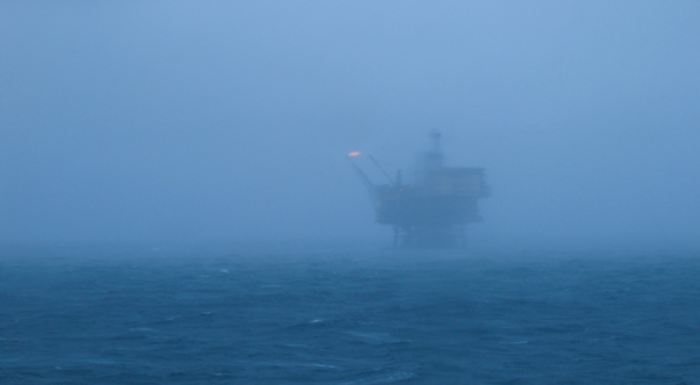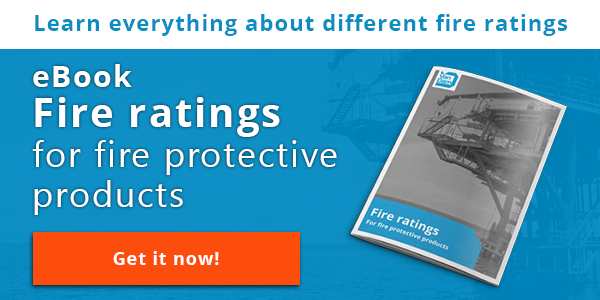
In recent years oil prices have fallen rapidly, especially due to weakening demand from countries like China. Along with weakening demand, other factors too suggest that there may not be a return to the glory days of oil. In this article we'll describe how this resulted in change of focus on greenfields to brownfields and which considerations should be made concerning fire safety in brownfields.
During a recession organizations often start to focus more on efficiency improvements rather than profit growth. The oil and gas market have applied the same strategies in order to cut costs. This shift in strategy has led to positive outcomes for the fire and blast protective product industry since the focus has changed from greenfield operations to brownfield operations.
Greenfields
An oil & gas greenfield is a new facility built on a vacant site. The primary reason to choose for a greenfield is because it provides maximum design flexibility to meet project requirements. Furthermore, you can reduce required maintenance and you can also design the facility to meet current and future needs.
There are however a lot of costs coming with building on a greenfield. It requires a lot of investment in the large-scale project. Moreover, some sites are not fully developed therefore might bring additional development costs.
Brownfields
Brownfields are sites with already existing infrastructure, which might not be fully operational. Very often, brownfields already have existing environmental licenses and approvals. The amount of time spent on upgrading the construction and the costs will be greatly reduced when building on a brownfield.
Fire safety considerations in brownfields
In order to increase operational efficiency and cut costs, oil companies choose for brownfield investment rather than greenfield investment. Since brownfields are in need of an upgrade, the biggest investment will be on maintenance work where fire safety plays a big role.
In order to successfully manage a brownfield project, the following fire safety steps need to be taken into consideration:
- Check and confirm location of all fire and blast protective infrastructural products on the facility
- Check whether the previously attributed fire rating is sufficient enough for future operations
- Identify the upgrade of refurbishment need of each product
- Confirm whether the maintenance work fits into the rules and regulations of fire safety on onshore of offshore oil and gas facilities.
- Choose for fire and blast protective products with a lifespan of a minimum of 30 years
To increase efficiency and adapt to the low oil prices, oil and gas companies should be focusing on these key points in upgrading and refurbishing fire and blast protective products. It is very important to invest in high-quality products because when human life safety and equipment safety is in question, no compromise should be made.
To learn more about fire ratings, download our eBook fire ratings for fire protective products.







